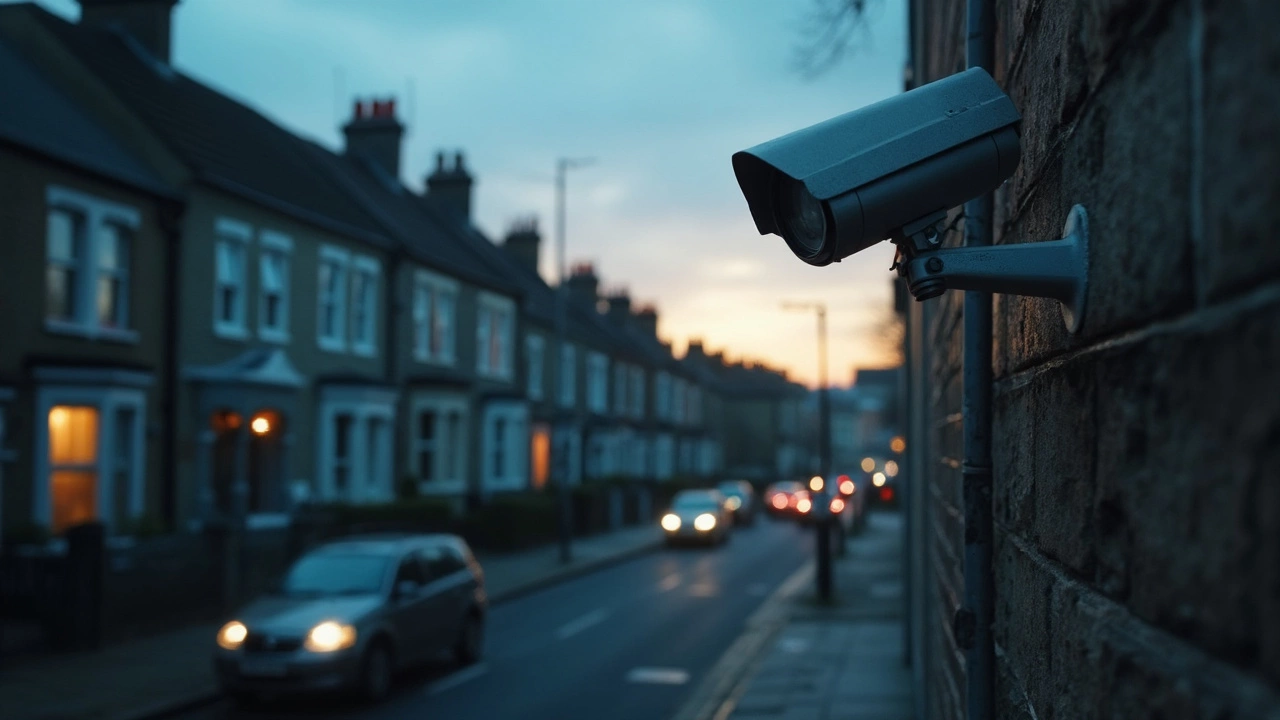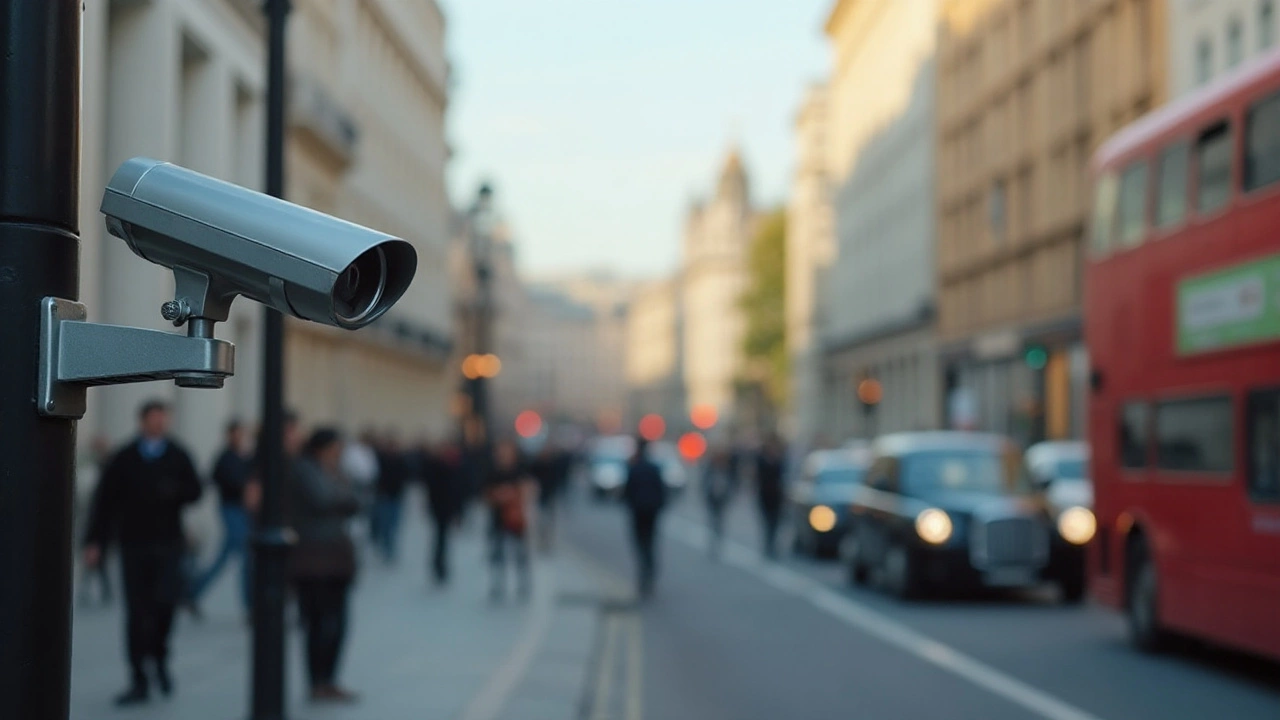Thinking about beefing up home security? Surveillance doesn’t have to be a tech nightmare. In the next few minutes you’ll learn how to pick a camera, where to mount it, and how night‑vision works—no jargon, just clear steps.
First, decide what you need to watch. If you’re covering a front door, a wired video doorbell with motion alerts does the job. For a garden or driveway, look for a weather‑proof outdoor camera that offers at least 1080p resolution and a wide field of view.
Wireless cameras are popular because they’re easy to install, but remember they still need a stable Wi‑Fi signal. If your network is spotty, a hybrid system (wireless for power, Ethernet for data) gives you the best of both worlds.
Most modern cameras use infrared (IR) LEDs to illuminate the scene without a visible flash. The camera’s sensor picks up the IR light and renders a clear black‑and‑white image. To boost night performance, keep the IR range clear of obstructions and avoid pointing the camera directly at bright lights that can wash out the image.
If you need color detail at night, search for cameras with “color night vision” or a built‑in spotlight. These cost a bit more but can differentiate a raccoon from a person, which is handy for security alerts.
Mounting matters as much as the camera itself. Aim for eye level on a wall or a little higher on a pole to capture faces without giving intruders an easy way to tamper. Avoid corners where glare from streetlights can create blind spots.
Don’t forget local regulations. In the UK, you must respect privacy laws—don’t point cameras into neighbors’ gardens or windows unless you have a legitimate reason. A quick check with your council can save you legal headaches later.
Once installed, link the camera to its app and set up motion zones. Most apps let you customize alerts so you only get notified when activity occurs in high‑risk areas, like a side gate. Turn on cloud storage if you want footage saved off‑site; otherwise, local SD cards work fine for short‑term review.
Keeping your surveillance system secure is as important as the cameras themselves. Change default passwords, enable two‑factor authentication, and keep firmware updated. A hacked camera can become a privacy risk, so treat it like any other smart device.
In a nutshell, good surveillance starts with the right camera, proper placement, and a solid night‑vision setup. Pair that with smart alerts and strong cybersecurity, and you’ve got a reliable watch‑tower over your home.
Ready to upgrade? Browse our latest reviews and find the perfect fit for your property today.

Ever wondered what sends burglars running for the hills? It's high time we talk about how CCTV systems play a big role in home security. This article dives into what burglars hate the most and why investing in a surveillance system is worth every penny. Plus, we'll dish out tips on getting the most bang for your buck with CCTV installation. Whether you're a first-timer or upgrading your security, this guide has useful insights for everyone.

Are night vision cameras just as effective during the day as they are at night? This article explores how night vision technology adapts to daylight conditions, including insight into their lenses and sensors, the benefits of using them in broad daylight, and understanding potential limitations. Readers can discover practical tips regarding the optimal usage of these cameras throughout the day and how to maximize their functionality. This guide provides valuable information for anyone interested in enhancing their surveillance systems with versatile camera options.